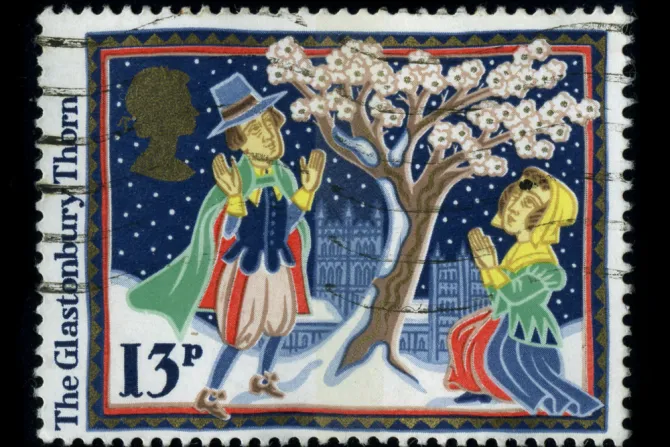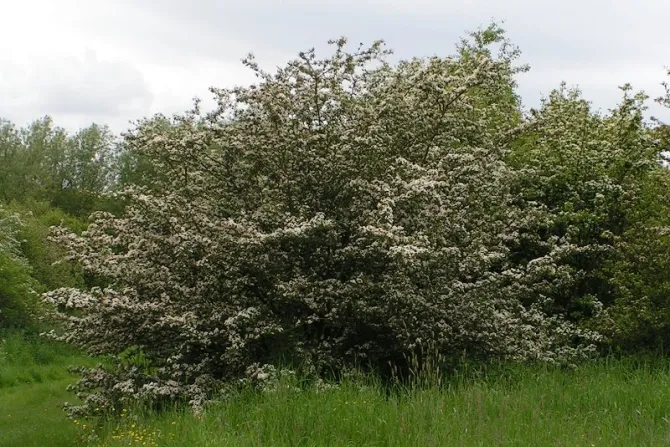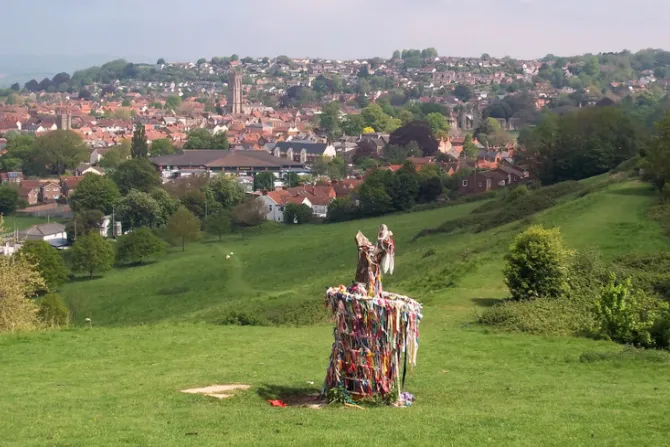CNA Staff, Dec 26, 2023 / 07:00 am
The Catholic celebration of Christmas is about God’s entry into our sinful world — a theological truth that is sometimes symbolized, in various forms of art, by the blooming of a flower into a snowy winter. The hauntingly beautiful Christmas hymn “Lo, How a Rose E’er Blooming” captures this theological reality beautifully.
But what if, instead of a rose, it was a thorn?
The English town of Glastonbury, an ancient settlement primarily known today for its raucous annual music festival and also for its connections to paganism, is also home to a special tree — a hawthorn that blooms every Christmas and again in May.
This is notable since most hawthorns bloom only once a year and, generally, not in winter. Recognized for centuries as a Christian symbol, it’s known as the Holy Thorn.
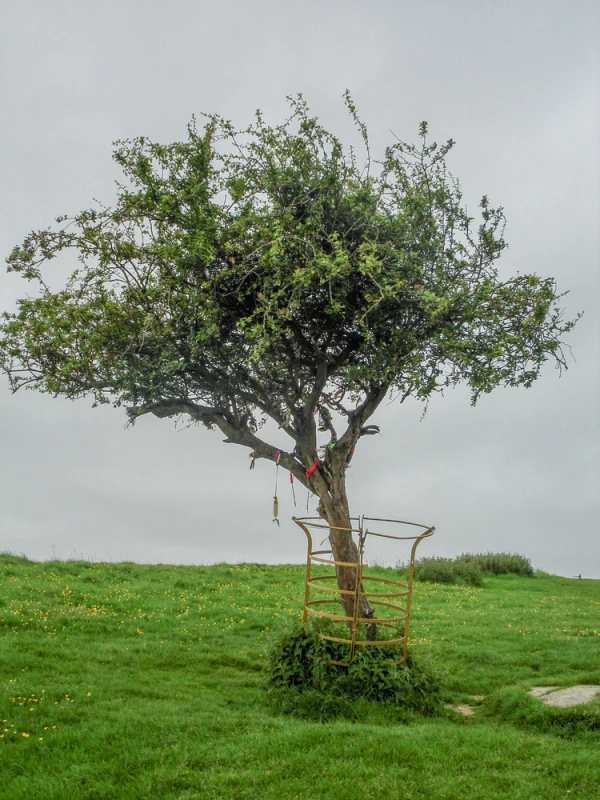
The Holy Thorn refers collectively to the special variety of hawthorn that grows in and around Glastonbury but also to the legendary, original tree, said to have sprouted from the wooden staff of St. Joseph of Arimathea.
Joseph was the Jewish councilmember who offered his own tomb as a resting place for Jesus’ body after his crucifixion, and numerous legends say he visited Glastonbury. Whether or not Joseph ever actually set foot in England is a matter of some debate — historical accounts of his visit did not emerge until centuries after the time that Joseph lived.
Nevertheless, the legend does speak to the holiness associated with the area. At one point Glastonbury was home to one of the only churches in the world dedicated to Mary. Later, it was home to a monastery from the seventh century up until the repression of Henry VIII. The first mention of the Holy Thorn blooming at Christmastime appears to be in 1535, in the midst of Henry’s oppression. Through the years, popular devotion to the thorn fell in and out of favor, experiencing somewhat of a renaissance during the Victorian era.
The Holy Thorn also has royal connections. Every Dec. 8, in a tradition dating back nearly a century, a sprig of Holy Thorn is taken from a specimen growing in a Glastonbury churchyard and sent to Buckingham Palace, where it adorns the Christmas table of the monarch.
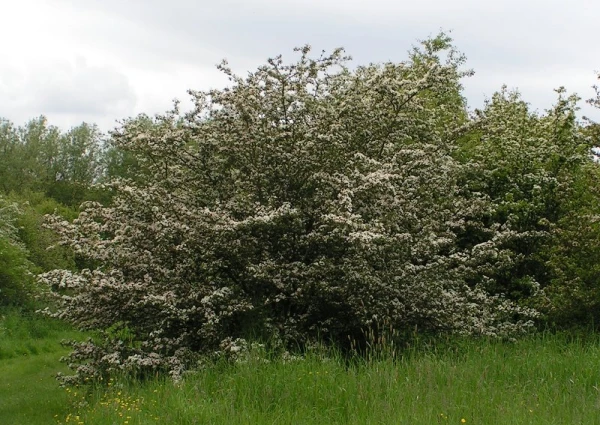
In 2010, a group of unknown vandals cut the limbs off the most well-known of the Holy Thorns, a lone tree on a prominent hill overlooking the town. Whether it was senseless vandalism or an attack perpetrated by one of the town’s many pagan residents or visitors has never been determined.
“The mindless vandals who have hacked down this tree have struck at the heart of Christianity. It holds a very special significance all over the world, and thousands follow in the footsteps of Joseph [of] Arimathea, coming especially to see it,” Katherine Gorbing, then the director of Glastonbury Abbey, told The Guardian at the time.
While tragic, it’s worth noting that the vandalized tree was not the one supposedly planted by Joseph of Arimathea — that tree was destroyed during the tumult of the English Civil War, around the year 1653, because it was seen as “popish” — that is, Catholic. The vandalized tree wasn’t planted until 1952 in honor of the late Queen Elizabeth II’s ascension to the throne.
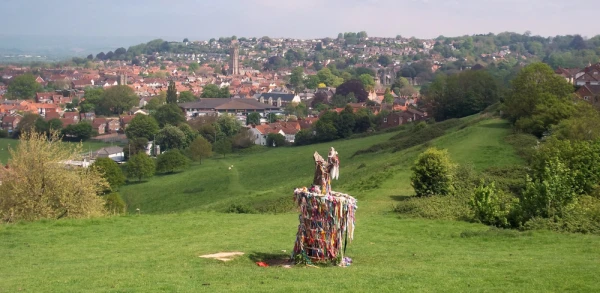
Fittingly, a new tree was planted in September 2022 in Glastonbury, with shoots taken from the vandalized thorn. Whereas the previous tree was planted to honor Queen Elizabeth, who died Sept. 8, 2022, after more than 70 years on the throne, the new tree honors her son and successor, Charles III. Over and over, the Holy Thorn is reborn.
The question of whether the original Holy Thorn was planted by a saint is, at this point, almost irrelevant. The association of this seemingly ordinary plant with the divine has, over the centuries, been enough to elevate its status from lowly to legendary.
(Story continues below)
In and around Glastonbury, the progeny of the original Holy Thorn will continue to flower every Christmas, reminding Christians everywhere of the birth of Jesus.
This article was originally published on Dec. 26, 2022, and was updated Dec. 21, 2023.


